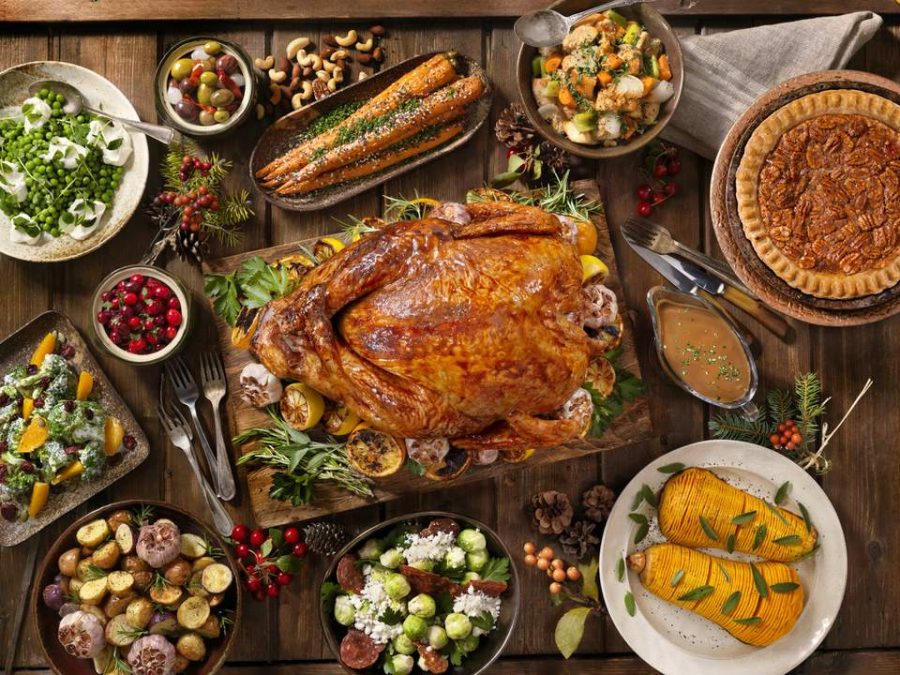Thanksgiving
November 16, 2019
Once November 1st strikes, Thanksgiving is in the air. Luckily for most, Thanksgiving is associated with the warmth of those you love, leaving everyone in eager anticipation for its arrival. Thanksgiving is also the staple holiday for fall, gratitude, and most importantly, food.
In fact, Thanksgiving is known as the holiday of eating. Nothing is better than a sizzling plate of turkey, paired with creamy mashed potatoes and warm stuffing, followed by a slice of pumpkin pie for dessert. These foods are among the distinct and cherished Thanksgiving dishes that show up on just about everyone’s dinner table. But why? Why does everyone expect the same Thanksgiving dishes every year? Well, many people assume it’s because it was the pilgrims ate on their first Thanksgiving, but in reality, that is not completely accurate. While some of these staples were derived from this prominent feast, they have either been changed from how they were prepared back in 1621, or have been completely added as new “musts” to the menu. If this is true, then why? Why do we eat what we eat on this holiday? Read on to discover the history behind your favorite fall comfort foods.
TURKEY
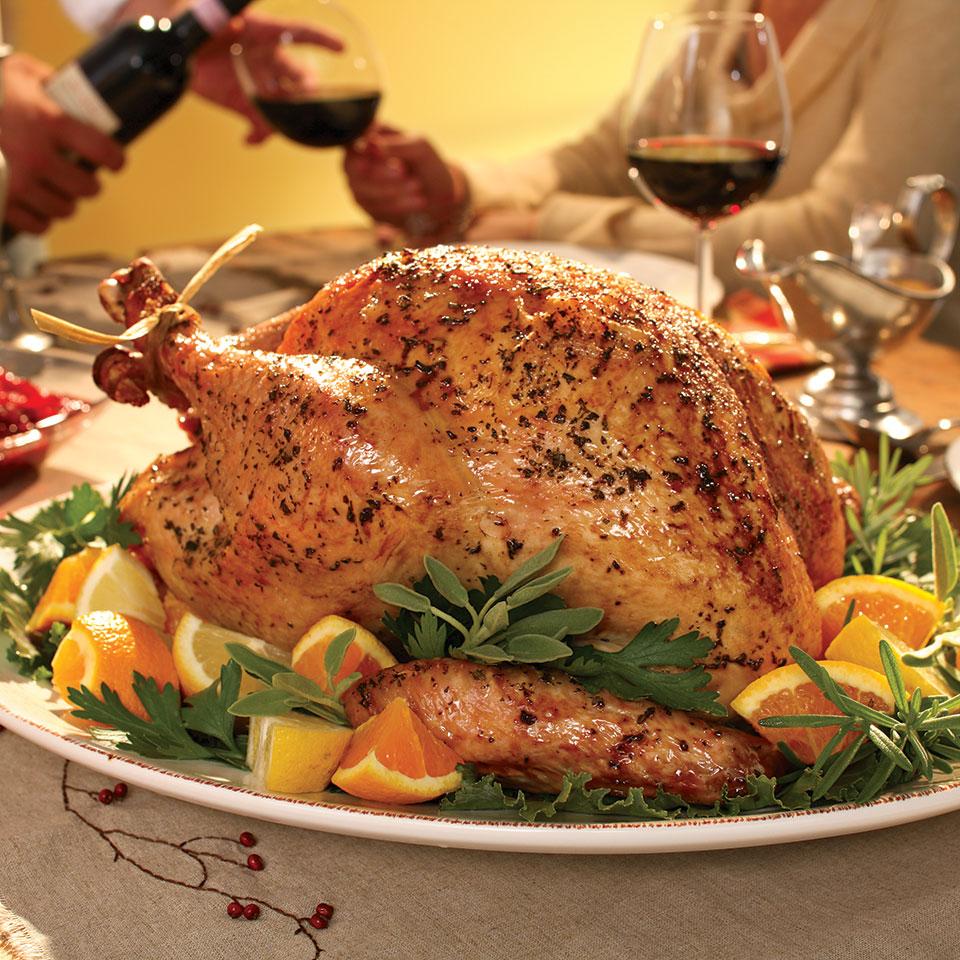
This dish is by far the star of the show. In fact, if you ever see a cartoon turkey, it is most likely serving as a symbol for Thanksgiving. Therefore, it may come as a complete shock to most when they discover that pilgrims most likely did not have turkey at their table. While there were wild turkeys roaming about, it is said to have been a duck or goose on the platter. The reason why we have adopted the turkey as our main dish is due to the practicality of it in the years that followed 1621. Turkeys were proven easy to keep, big enough to feed a whole family, and cheaper than ducks or geese.
CRANBERRY SAUCE
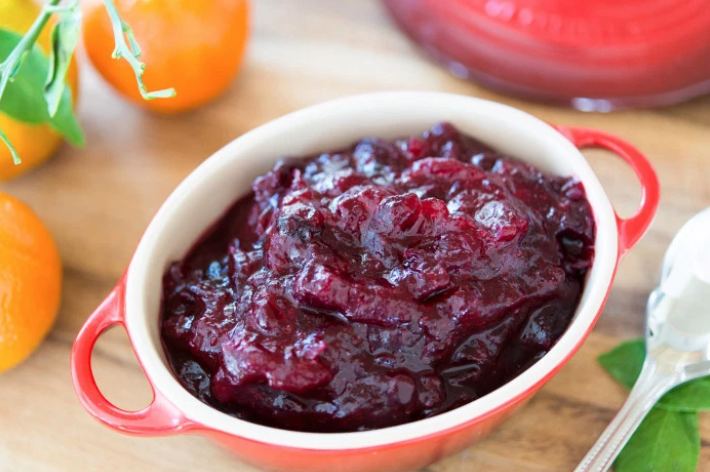 Similar to turkey, cranberries were widely available in the area, but it is confirmed that cranberry sauce was not present in the original Thanksgiving. This due to a lack of sugar. The sugar reserves the colonists would have had were gone after their long sea journey, and without sugar, they had no way to sweeten the tart berries. So how did cranberries become such an autumnal staple? They originated in America! They are seen to grow in abundance in the northeast, and colonists quickly began incorporating cranberries into various dishes.
Similar to turkey, cranberries were widely available in the area, but it is confirmed that cranberry sauce was not present in the original Thanksgiving. This due to a lack of sugar. The sugar reserves the colonists would have had were gone after their long sea journey, and without sugar, they had no way to sweeten the tart berries. So how did cranberries become such an autumnal staple? They originated in America! They are seen to grow in abundance in the northeast, and colonists quickly began incorporating cranberries into various dishes.
STUFFING
 Unlike turkey and cranberry sauce, the pilgrims did in fact have stuffing. However, it was prepared far differently than we are used to today. Since they didn’t have access to white flour or butter, the traditional bread stuffing wouldn’t have been possible yet. Instead, they may have used chestnuts, herbs, and chunks of onion to flavor the birds, all of which were already part of the local fare.
Unlike turkey and cranberry sauce, the pilgrims did in fact have stuffing. However, it was prepared far differently than we are used to today. Since they didn’t have access to white flour or butter, the traditional bread stuffing wouldn’t have been possible yet. Instead, they may have used chestnuts, herbs, and chunks of onion to flavor the birds, all of which were already part of the local fare.
POTATOES
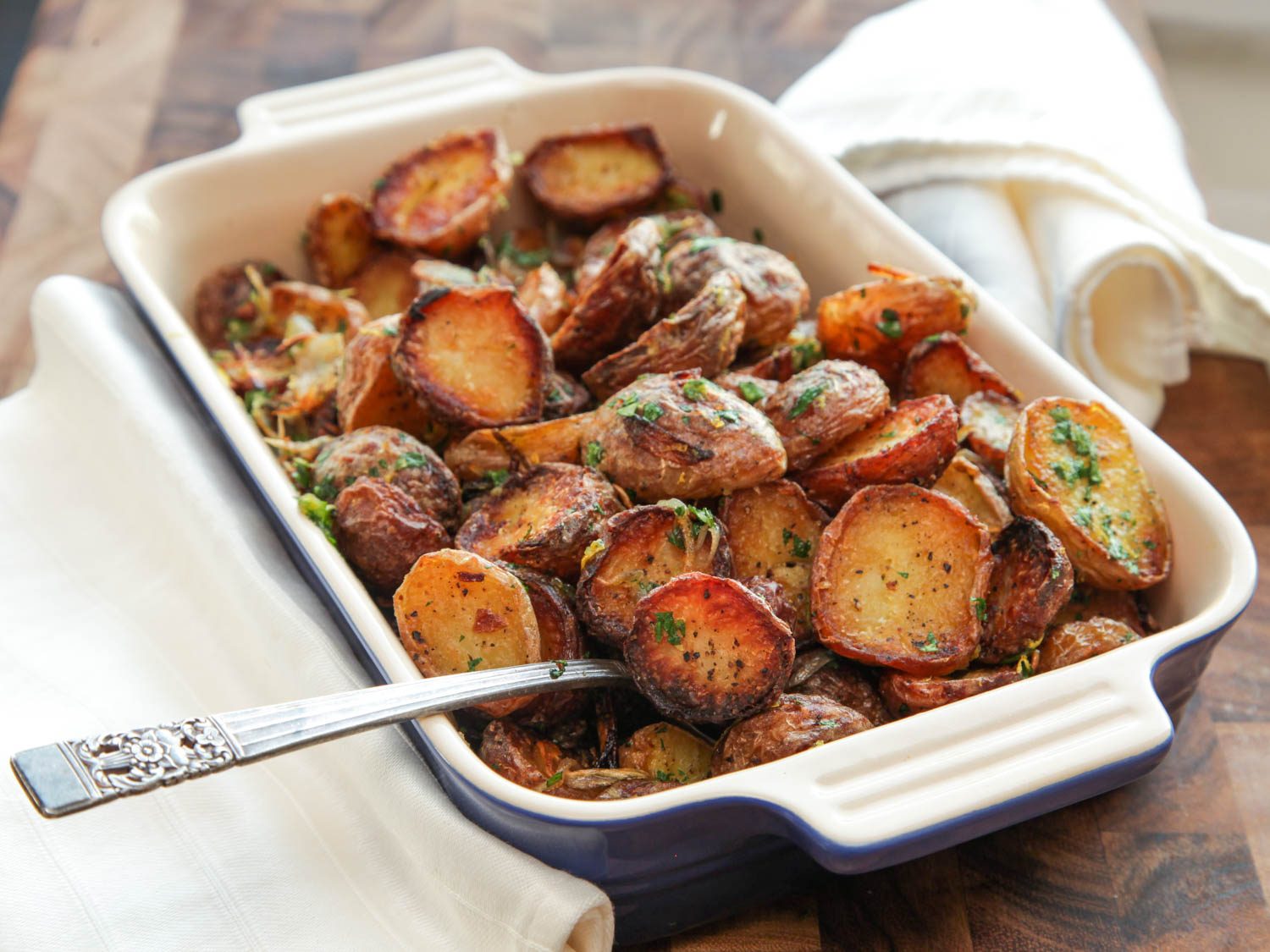 Potatoes also were not available to the Plymouth colonists back in 1621. So, why are they always seen as the highlight of the Thanksgiving table? It is all due to a woman named Sarah Josepha Hale. When Abraham Lincoln declared it a national day of celebration in 1863, he was influenced by a 36-year campaign from Sarah Josepha Hale, a prolific novelist, poet, and editor, who saw in Thanksgiving a moral benefit for families and communities. In addition to her attempts on making it a holiday, she wrote of recipes and descriptions of idealized Thanksgiving meals, which often included mashed potatoes.
Potatoes also were not available to the Plymouth colonists back in 1621. So, why are they always seen as the highlight of the Thanksgiving table? It is all due to a woman named Sarah Josepha Hale. When Abraham Lincoln declared it a national day of celebration in 1863, he was influenced by a 36-year campaign from Sarah Josepha Hale, a prolific novelist, poet, and editor, who saw in Thanksgiving a moral benefit for families and communities. In addition to her attempts on making it a holiday, she wrote of recipes and descriptions of idealized Thanksgiving meals, which often included mashed potatoes.
GRAVY
 It is likely that gravy was there at the 1621 feast. This is because the concept of cooking meat in sauce dates back hundreds of years. It is also fairly easy to make. It is as simple as throwing remains of the birds into a pot and boiling them to make broth the next day. That broth would then be thickened with grains to create the gravy.
It is likely that gravy was there at the 1621 feast. This is because the concept of cooking meat in sauce dates back hundreds of years. It is also fairly easy to make. It is as simple as throwing remains of the birds into a pot and boiling them to make broth the next day. That broth would then be thickened with grains to create the gravy.
CORN
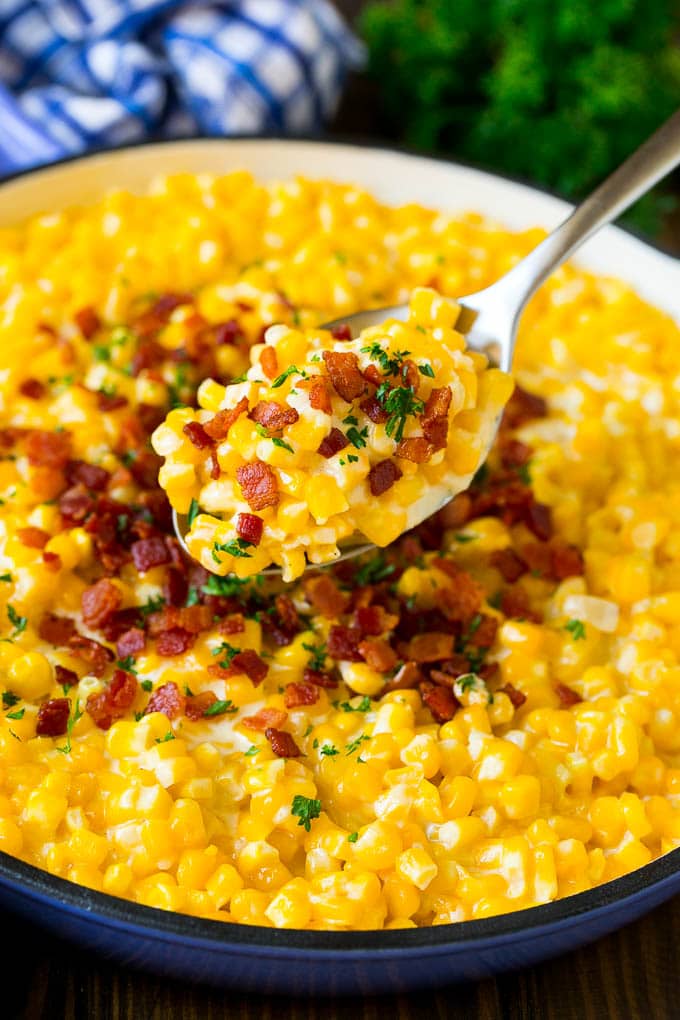 The American symbol of harvest, corn, also originated from the first feast. We know that corn was a staple of the Native American diet and would have been nearly as plentiful in the 17th century as today. We eat corn to remember those Wampanoag hosts, who famously taught the newcomers how to cultivate crops like corn in the American soil. However, similar to the stuffing, it was prepared differently. Corn was either made into a cornmeal bread or mashed and boiled into a thick porridge-like consistency, and perhaps sweetened with molasses. This is ultimately the closest thing to corn pudding or casserole that we know today but still far from what we are familiar with.
The American symbol of harvest, corn, also originated from the first feast. We know that corn was a staple of the Native American diet and would have been nearly as plentiful in the 17th century as today. We eat corn to remember those Wampanoag hosts, who famously taught the newcomers how to cultivate crops like corn in the American soil. However, similar to the stuffing, it was prepared differently. Corn was either made into a cornmeal bread or mashed and boiled into a thick porridge-like consistency, and perhaps sweetened with molasses. This is ultimately the closest thing to corn pudding or casserole that we know today but still far from what we are familiar with.
SWEET POTATOES
 Unlike the other dishes which seem to come from New England traditions, the tasty sweet potatoes represent a dash of African-American culture. While pumpkins were popular in the north, sweet potatoes were popular in the south. Sweet potatoes were used by enslaved plantation workers, who used them as a substitution for the yams they loved in their homeland. More recently, some families further sweeten the dish by adding toasted marshmallows.
Unlike the other dishes which seem to come from New England traditions, the tasty sweet potatoes represent a dash of African-American culture. While pumpkins were popular in the north, sweet potatoes were popular in the south. Sweet potatoes were used by enslaved plantation workers, who used them as a substitution for the yams they loved in their homeland. More recently, some families further sweeten the dish by adding toasted marshmallows.
PUMPKIN PIE
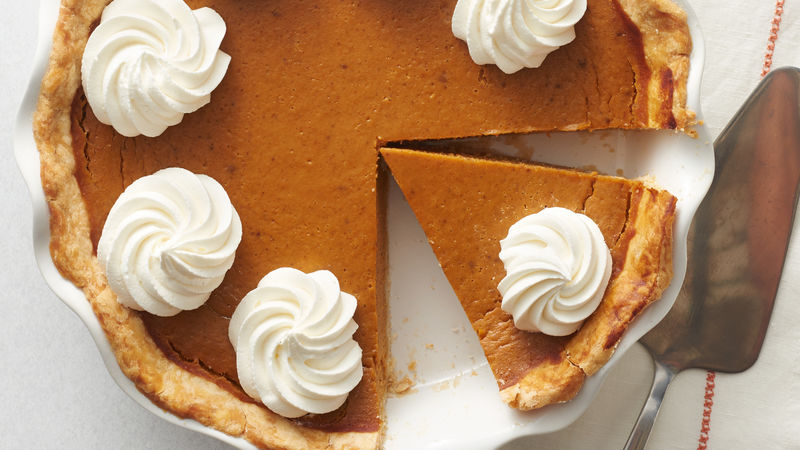 Now onto dessert! Both pumpkin and apple pie are prominent at this holiday, but the pumpkin is the dish that is tied to the pilgrims, just in a different form. Pumpkins were a new concept to colonists, who were only familiar with smaller gourds in Europe. Luckily for them, however, Native Americans were already using the orange treats as a dessert meal. The Natives baked both squash and pumpkin, usually by placing them whole in the ashes or embers of a dying fire. They were then moistened afterward with some form of animal fat, or maple syrup, or honey. In order to get our traditional pumpkin pie, the next step would have been to put the baked pumpkin in a crust, but since the colonists did not have wheat flour, they were not able to make the pie pastry. Aside from the absence of crust, it is likely that our pumpkin pie today was inspired by this method.
Now onto dessert! Both pumpkin and apple pie are prominent at this holiday, but the pumpkin is the dish that is tied to the pilgrims, just in a different form. Pumpkins were a new concept to colonists, who were only familiar with smaller gourds in Europe. Luckily for them, however, Native Americans were already using the orange treats as a dessert meal. The Natives baked both squash and pumpkin, usually by placing them whole in the ashes or embers of a dying fire. They were then moistened afterward with some form of animal fat, or maple syrup, or honey. In order to get our traditional pumpkin pie, the next step would have been to put the baked pumpkin in a crust, but since the colonists did not have wheat flour, they were not able to make the pie pastry. Aside from the absence of crust, it is likely that our pumpkin pie today was inspired by this method.
These dishes, whether or not they were present at the original Thanksgiving, have all defined our holiday. In reality, Thanksgiving would be nowhere near as great without them.
